What is cupping therapy and what conditions does it help?
Cupping therapy is a myofascial bodywork technique that has immediate effects on the soft tissue structures of the body. Cupping can be described as an inverse of a massage. Instead of pressing down into the muscle tissue, a suction is created using either glass or plastic cups to pull up on the fascia and muscles. This allows the local tissues to soften and relax, decreasing pain and improving range of motion.
Cupping therapy is growing in popularity among competitive athletes and the broader population in general. Cupping has long been practiced as one of several bodywork modalities under the broader umbrella of Traditional East Asian Medicine. Cupping also has a long history in other regions of the world including the Middle East, Eastern Europe and more.
Patients often report immediate relief after receiving cupping for symptoms including:
Tight, Achy Shoulders
Acute or Chronic Upper Back Pain
Tension Headaches
Acute or Chronic Low Back Pain
Muscle Spasms
Limited Range of Motion in the Neck and Back due to Tight Muscles
RESEARCH supports the BENEFITS of cupping
From a biomedical lens cupping is described as the application of subatmospheric pressure to the local soft tissues. Research demonstrates that cupping results in changes in peripheral blood circulation, soft tissue structural changes, increased lymphatic flow, and improved parasympathetic tone (Aboushanab & AlSanad, 2018; Al-Bedah, et al., 2018). This helps promote tissue healing and support overall health. Scientific studies have found cupping may help with back pain, neck pain, knee pain, headaches, and more (Choi, et al., 2021; Cramer, et al., 2020).
Cupping is also typically quite comfortable and considered very safe when done by a well-trained practitioner, and those funny looking spots fade within days as blood flow improves to tight muscles.
Here at Dynamic Acupuncture, we often include cupping or other myofascial bodywork techniques in addition to our acupuncture treatments to support the healing process and get our patients to their health goals faster. If you have not had a chance to try cupping yet, check with your provider to see if it may be right for you.
References:
Aboushanab, T.S. & AlSanad, S. (2018). Cupping therapy: An overview from a modern medicine perspective. Journal of Acupuncture and Meridian Studies. 11(3), 83-87.
Al-Bedah, A.M.N., Elsubai, I.S., Qureshi, N.A., Aboushanab, T.S., Ali, G.I.M, El-Olemy, A.T., Khalil, A.A.H., Khalil, M.K.M., & Alqaed, M.S. (2018). The medical perspective of cupping therapy: Effects and mechanisms of action. Journal of Traditional and Complementary Medicine. 9: 90-97.
Choi, T.Y., Ang, L., Ku, B., Jun, J.H., & Lee, M.S. (2021). Evidence map of cupping therapy. Journal of Clinical Medicine. 10, 1750. https://doi.org/10.3390/jcm10081750
Cramer, H., Klose, P., Teut, M., Rotter, G., Ortiz, M., Anheyer, D., Linde, K. & Brinkhaus, B. (2020). Cupping for patients with chronic pain: A systematic review and meta-analysis. Journal of Pain. 21(9-10): 943-956.
